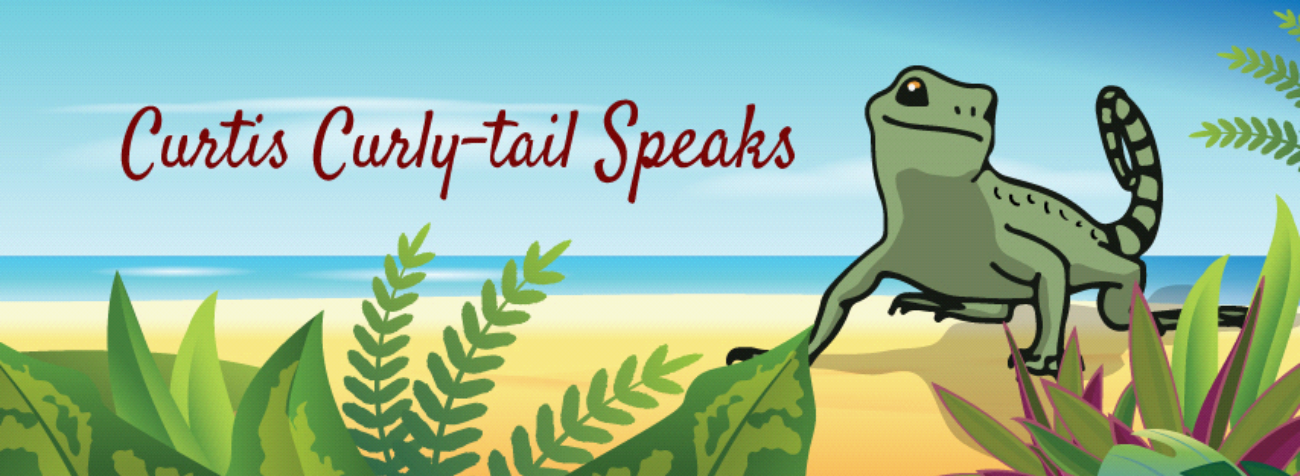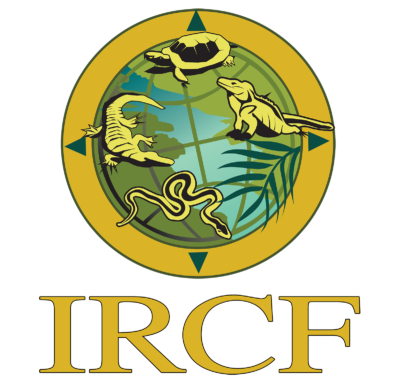A Linguistic Surprise: Finding Spanish in the CHamoru Language
On my book tour of Guam, hosted by the International Literacy Association, I had the wonderful experience of hearing my book, Guam: Return of the Songs, read aloud in both English and CHamoru. As I read my English text, a CHamoru speaker would read the translation. While I had received the translated version previously, this was the first time I was able to listen to it so carefully.
My first impression of the written language was that it reminded me of Hawaiian, a language I had studied a bit in my younger years. I saw words with many vowels and special characters, like in Guåhan (Guam), and assumed they shared a Polynesian origin. Little did I know I was in for a linguistic surprise.
Wait, Is That Spanish?
As I listened to the speakers read the CHamoru phrases, my ears perked up. I am actively trying to learn Spanish, and I began to hear words that sounded distinctly Spanish. I looked closer at the text and saw more and more words that looked like Spanish and were used with the correct meaning.
For example, a line from the book reads:
- Masangåni yu’ na manmåtto giya Guåhan gi mit nuebi siento kuarentai kuattro na såkkan.
- The word “siento” is one I recognized from the Spanish phrase “lo siento.”
I noticed several others just from the pages of my book:
- Este siha na hinatmiyon ti man gaiprublema manånkas (“Este” meaning “This”).
- Desde ayu, sumulensio i kantan paluma siha (“Desde” meaning “Since”).
Was it my imagination? It turned out it wasn’t. My observation was correct, though I did notice that the pronunciations were not the “Spanish way,” but were spoken as CHamoru words.
A History of Influence
This blend of languages is the direct result of Spanish colonization, which began with Ferdinand Magellan’s arrival in 1521 and became official with Guam’s incorporation into Spain in 1668. The Spanish remained in control until 1898, when the United States took over after the Spanish-American War. This long period of Spanish rule deeply influenced the CHamoru culture and, as I discovered, its language.
Despite my initial assumption, the CHamoru and Hawaiian languages are not related. Hawaiian is a Polynesian language, whereas CHamoru is an independent branch of the Malayo-Polynesian language family.
The Future of the CHamoru Language
When I first wrote my book, the government of Guam was working hard to save its endangered native language. It was for this reason that I was told my book had to be published in both English and CHamoru. By the time of my tour, it was wonderful to see the language being taught in schools and used publicly around the country—including all those incorporated Spanish words.
Publishing the book back then came with unique challenges. At the time, no online fonts could produce the special characters needed for CHamoru, so my dedicated editor, Wynne Brown, had to hand-draw every single one. I was so fortunate for her perfectionism. The good news is that today, there is a proper online font for CHamoru, which delights me!
Hearing my book in this beautiful, blended language was a highlight of my trip. I truly hope the students I met will be inspired to write and share their own stories, in both English and CHamoru!
To see the bilingual text for yourself, you can find the award-winning Guam: Return of the Songs on my website. Explore Guam: Return of the Songs
To learn about our latest science-based children’s books and workbooks, to read our latest blog posts about reptiles, birds, cats, and gardening, in a variety of locations, and about how the books come to be, what inspires an author to write, and many more interesting aspects of the publishing business, fill in the box below and we will add you to our email list.
Thank you!



